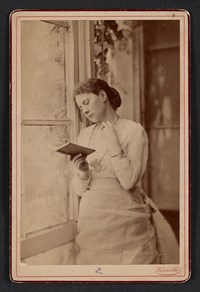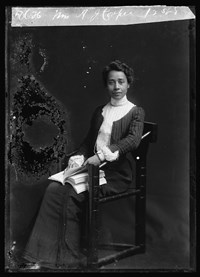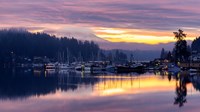- Hopewell Culture National Historical Park (24)
- Boston National Historical Park (7)
- Isle Royale National Park (5)
- Lewis & Clark National Historic Trail (5)
- Belmont-Paul Women's Equality National Monument (4)
- Golden Gate National Recreation Area (4)
- Lowell National Historical Park (4)
- Acadia National Park (3)
- Boston Harbor Islands National Recreation Area (3)
- Show More ...
- National Center for Preservation Technology and Training (2)
- National Heritage Areas Program (2)
- San Francisco Bay Area Inventory & Monitoring Network (2)
- Archeology Program (1)
- Denver Service Center (1)
- Harpers Ferry Center (1)
- National Historic Landmarks Program (1)
- Natural Resource Stewardship and Science Directorate (1)
- Natural Resources Office of Communications (1)
Showing 153 results for sailboats ...
Volunteer Spotlight: Dave James
Sail Selina II
- Type: Place

Step aboard Pride II, a reproduction Baltimore Clipper, and sail into the Chesapeake’s maritime past. Explore its history from privateering in the War of 1812 to life on the Bay today. Tour the deck or set sail for a hands-on adventure! As part of the NPS Chesapeake Gateways, Pride II offers a unique way to experience the Bay’s seafaring heritage.
Maria Oakey Dewing
- Type: Place

Dwight Eisenhower returned to Abilene on June 22, 1945 to a parade welcoming him home and honoring his leadership in Europe during World War II. After watching the celebration, his grateful acceptance of the recognition began with the above quote. He went on to say that this parade was not just for him; he was only a "symbol" of the soldiers, sailors and airmen who helped bring Allied victory.
Maritime Experiences Told First Hand
Kaiulani Logbooks Discovered
- Type: Article
First to Serve-1st Kansas Colored Infantry Regiment
- Type: Article

The 1st Kansas Colored Infantry first saw combat at the Battle of Island Mound in Missouri on October 29, 1862. In this skirmish, roughly 225 Black troops drove off 500 Confederate guerrillas. Richard Hinton, the 1st Kansas Colored Infantry adjutant, had this to say on the 1st Kansas Colored's victory at Island Mound, "The men fought like tigers, each and every one of them, and the main difficulty was to hold them all well in hand."
Lyddie: Voices from the Field - Chapter 23 Ambition
Lyddie: Chapter 09 - The Weaving Room
- Type: Article

When Lyddie arrives in the weave room, she is overcome by the noise and the constant movement of the machines. The noise of the looms is so deafening that she can’t hear a word her new overseer says. One of the older girls, Diana, comes to Lyddie’s rescue and teaches her how to operate the loom, and the two of them become friends.
Lyddie: Chapter 05 - Going Home
Sheboss Place, Milepost 400.2
- Type: Place
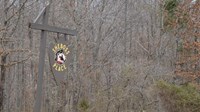
The widow Cranfield operated an inn, known as a stand, here with her second husband, an American Indian, who spoke little English. According to legend, when travelers approached with questions about accommodations, he would only point to his wife and say, "She boss." Unfortunately there are no remnants of Sheboss Stand visible at the site and exact location of the house is unknown.
Dr. Anna Julia Cooper
- Type: Place
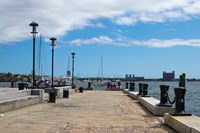
Located at the base of today's State Street, Long Wharf served as the nucleus of Boston's maritime trade. Construction around 1710-1721 extended the wharf a half a mile into the harbor. In the coming centuries, the city was built up closer and closer behind Long Wharf, until present day where the wharf is only 0.1 of a mile from the shoreline. Ferries to the Charlestown Navy Yard operate out of Long Wharf South, in addition to seasonal commuter and sight-seeing cruises.
African Descended Soldiers at Fort Schuyler & in the Mohawk Valley
Brigadier General Charles Young Tree
- Type: Place
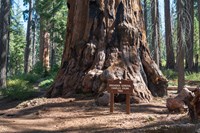
In the fall of 1903, the Buffalo Soldiers who oversaw these parks that year held an end-of-season picnic. A local resident who attended, Phil Winser, wrote the following about Captain Charles Young, the leader of this contingent and the first African American superintendent of any national park: "They wanted to name a tree for our captain but he refused, saying they could do so if they felt the same way, twenty years hence..." He chose instead to name a sequoia for educator B



